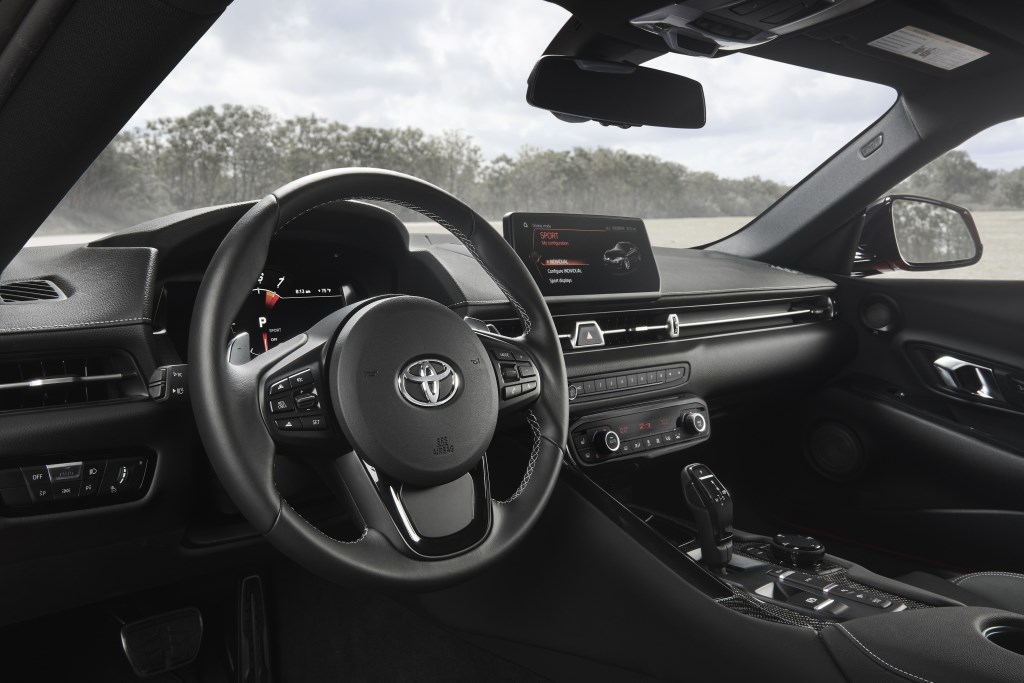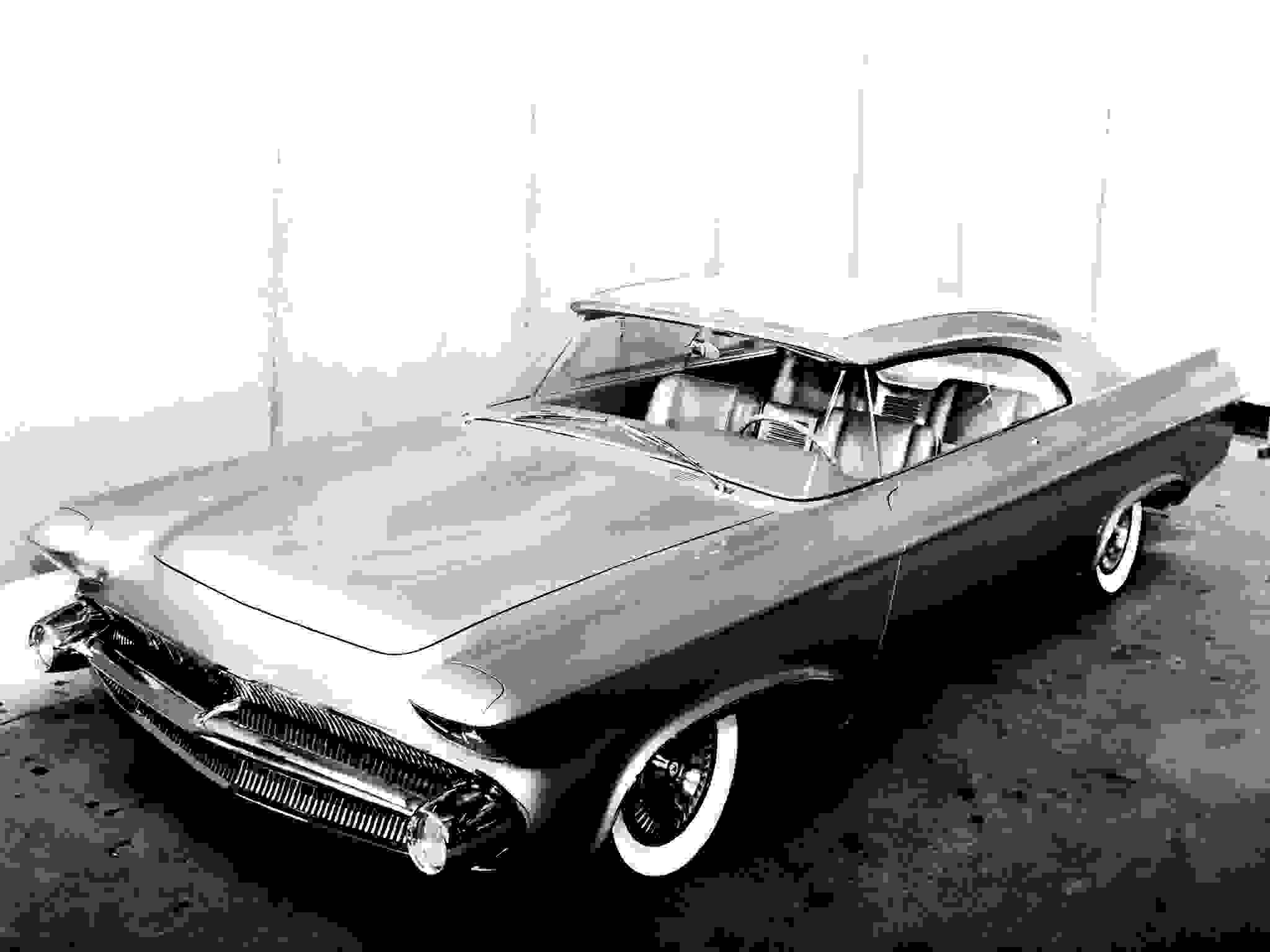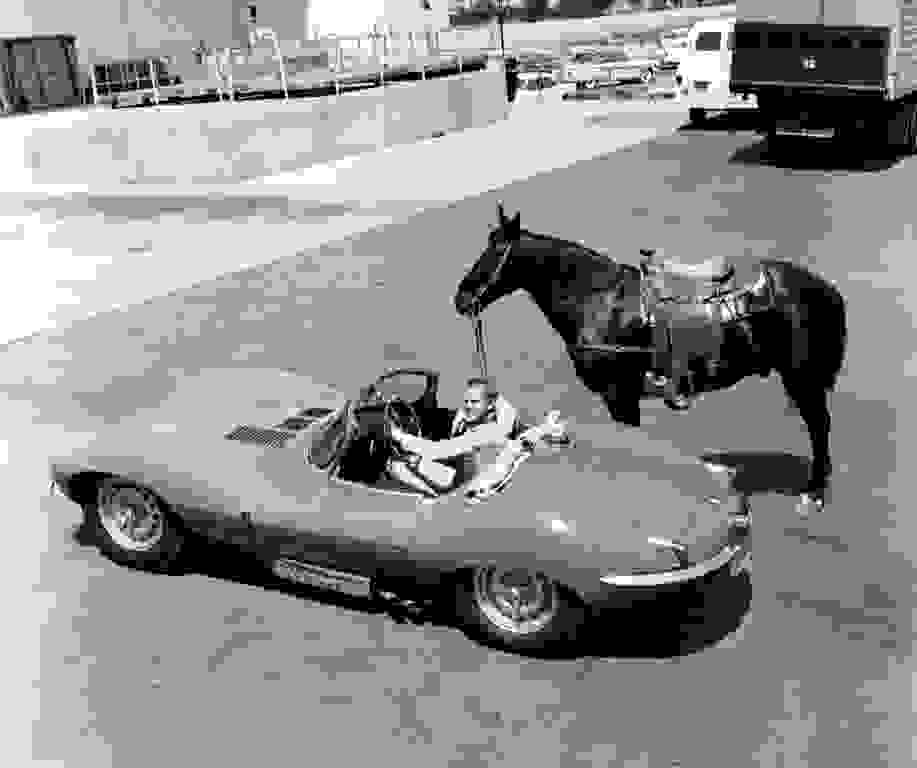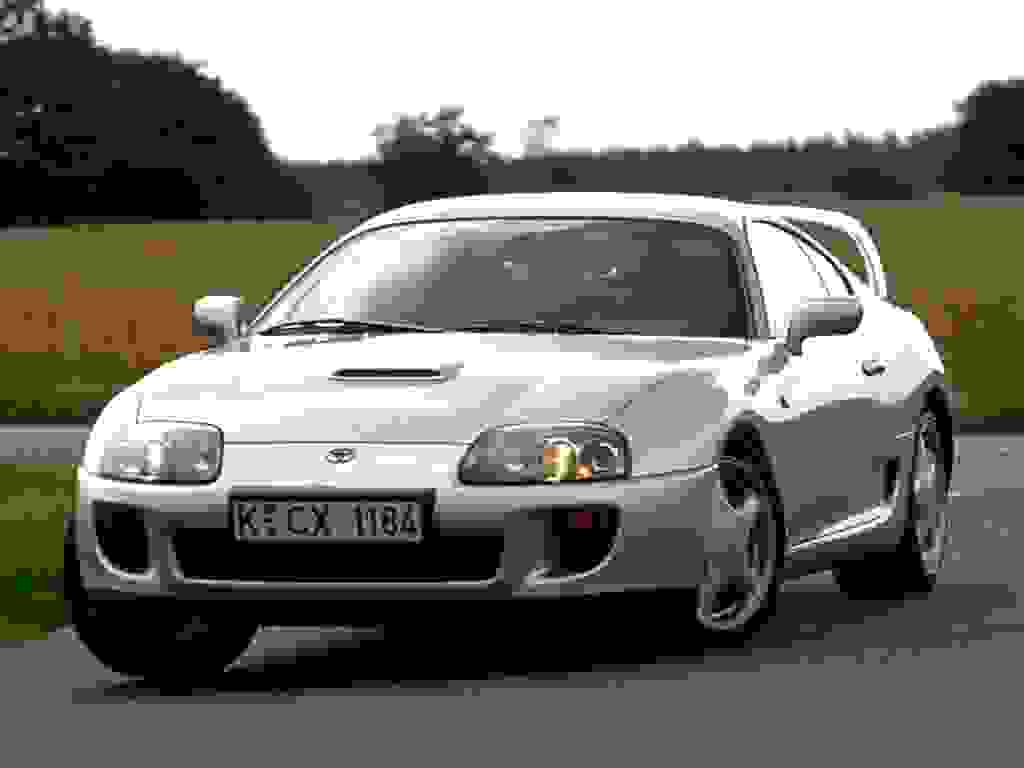
A must-have model in the affordable sports car market, the Toyota Supra has built up an excellent reputation since 1978. Here's a look back at a car synonymous with comfort and performance.
Both launched in the 1960s, the Toyota Sports 800 and 2000 GT were the brand's first sports models. Despite their low-profile careers, they gave Toyota's management ideas, and they began to dream of a more mass-produced coupé. The Celica, which arrived in 1970, was a great success from the outset, but its performance was far from exceptional. It wasn't until 1978 that Toyota launched the Celica SupraA40 coupé. This ‘super Celica’ had a longer wheelbase and was more luxurious than its smaller sibling. It came with a 2-litre engine developing 125 bhp or a 2.6-litre 6-cylinder engine producing 140 bhp.
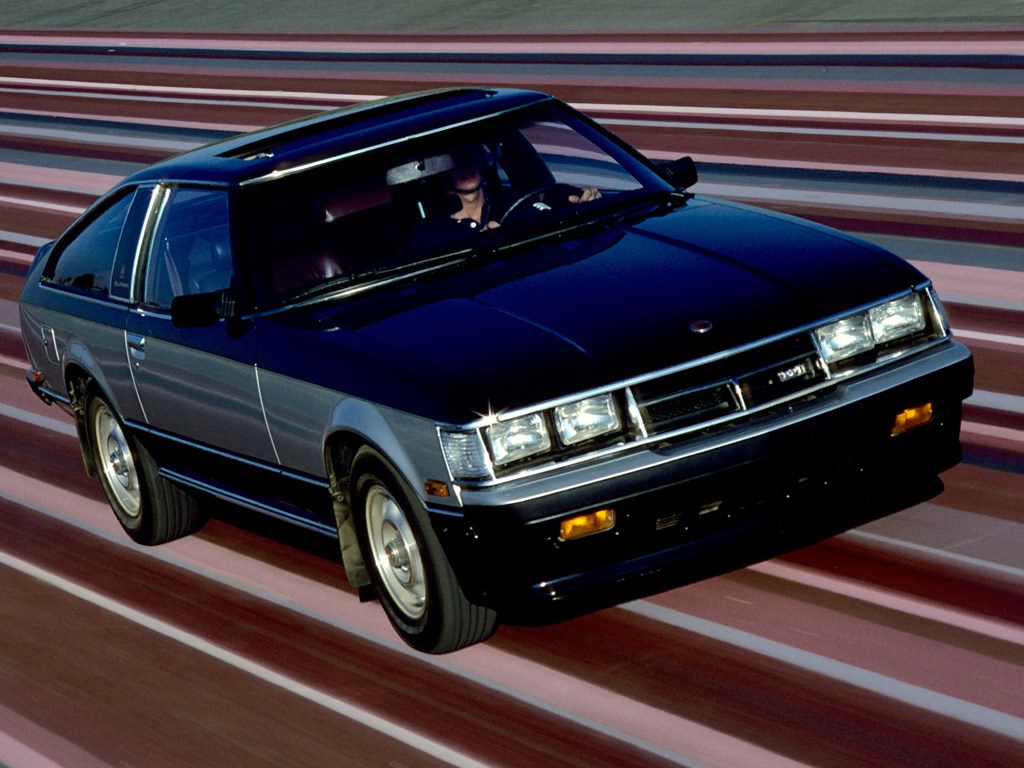
Driving the nail
Faced with the success of the Nissan Z on the American market, Toyota launched the Celica Supra A60 in 1982, an elegant coupé that was even more distinctive. With its angular lines, retractable headlights and wide wheel arches, it looked like a racy GT. The good news is that it now only has in-line 6-cylinder engines (up to 170 bhp), four independent wheels and front and rear disc brakes. Much more successful than the first, the second Supra of the name had a short career until 1986, but nevertheless sold very well.
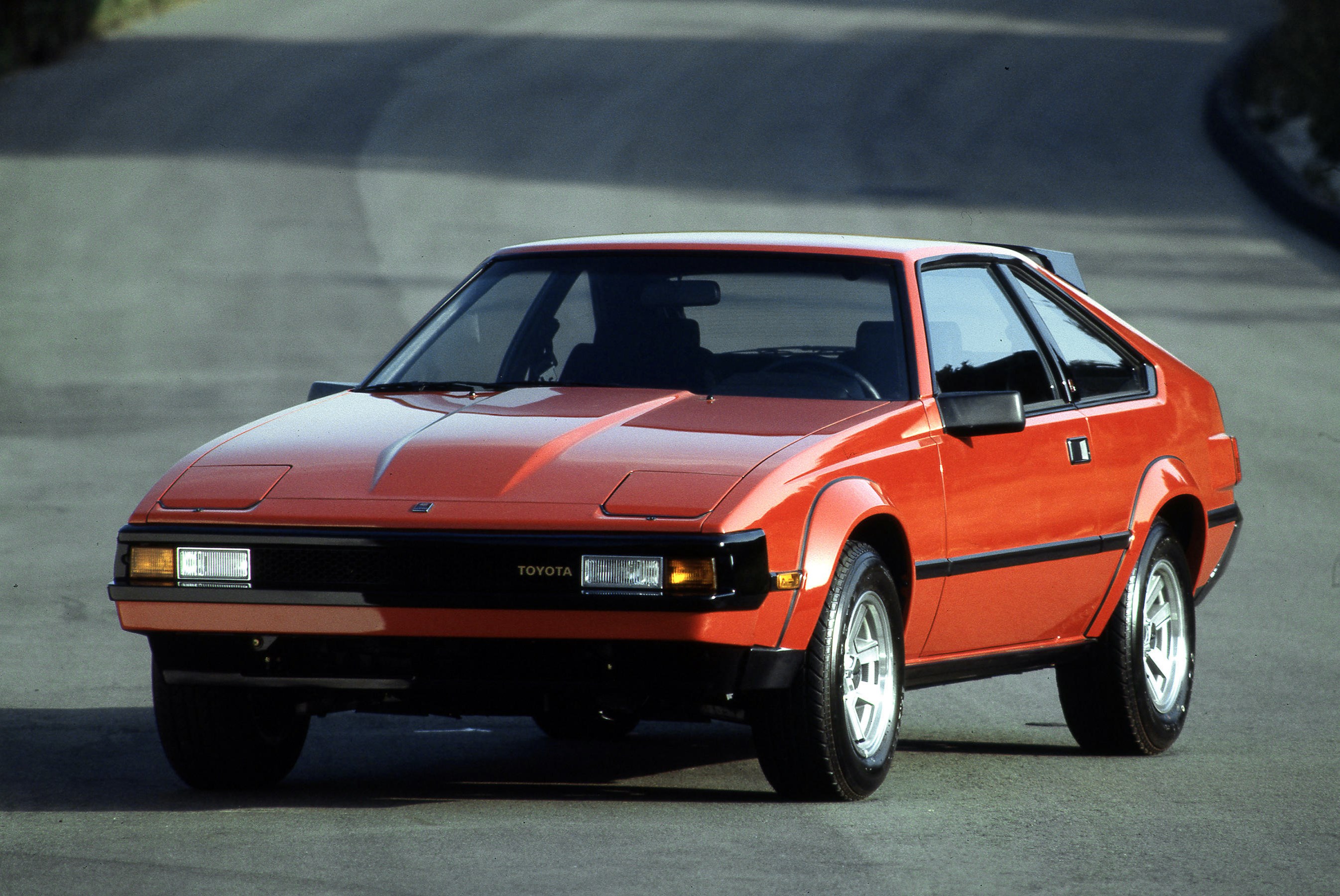
Time of emancipation
The third generation of the Supra drops the ‘Celica’ name for good, and takes refinement a step further with even sexier styling and a T-top version ideal for the North American market. Equipped with a 3.0 6-cylinder engine with double overhead camshafts, it produced 204 bhp naturally-aspirated and 235 bhp turbocharged. Sales took off and it remained in the Toyota catalogue until 1992.

Fast and Furious
In the collective mind, it's the fourth generation of the Supra that is best known thanks to the Fast and Furious films. It has to be said that this car, which is first and foremost an engineering extravaganza, is a perfect base for tuning, and not just because of its very pleasing lines. Its engine, known as the ‘2JZ’, was extremely solid and could handle preparations of over 1,000 bhp without flinching. The original 3.0-litre, 6-cylinder unit produced 220 bhp and 330 bhp in its twin-turbo version. Fast, efficient and fun to drive, the Supra A80 is largely responsible for the legend of this model. Strangely enough, it was not a success in Europe during the time it was on the market (1993-1996), selling just 1,500 units. Today, it has taken its revenge by becoming an extremely sought-after collector's item, the price of which continues to soar.
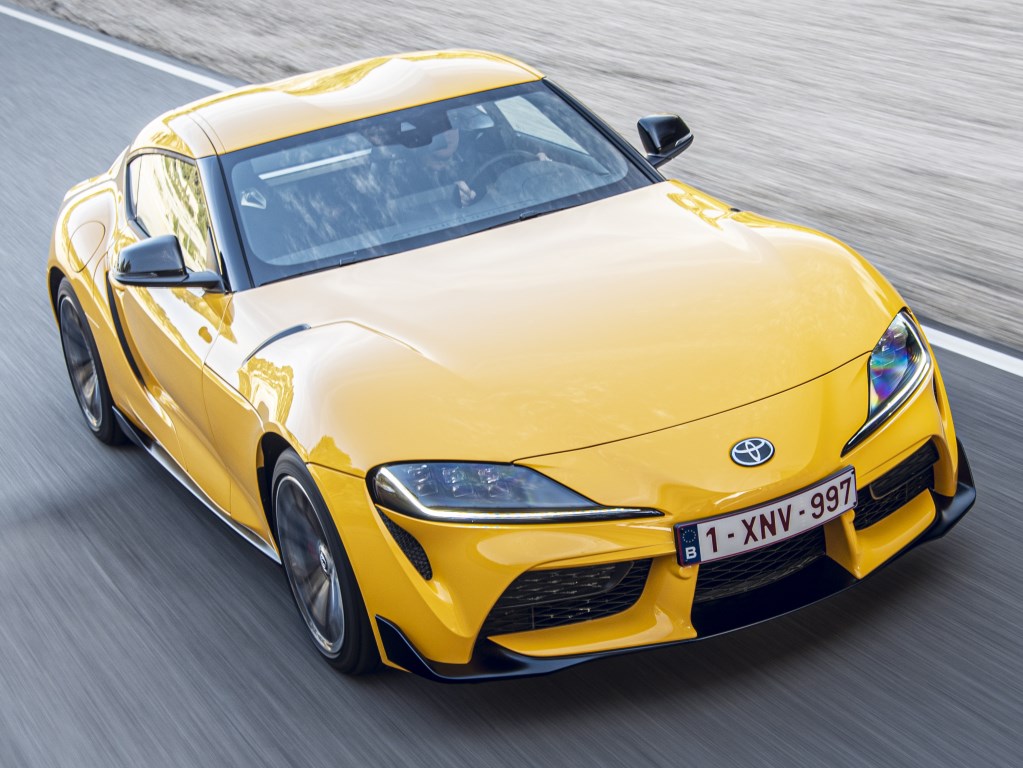
Unexpected comeback
Just when you thought the Supra was history, Toyota surprised everyone by relaunching it for 2019. The surprise came from the fact that the Japanese manufacturer teamed up with BMW and used the Z4 platform to develop its coupé. Under the bonnet, you'll find the 258bhp 2.0-litre turbocharged 4-cylinder or the 387bhp 3.0 6-cylinder. Initially, both engines will be mated to an 8-speed automatic gearbox supplied by ZF. In 2022, the 6-cylinder version will also be available with a 6-speed mechanical transmission. A few days ago, Toyota announced the end of production of this fifth Supra. A final special series, logically called the ‘Final Edition’, has just been launched as a last hurrah for the Supra, although it is not yet known whether it will have any descendants.
